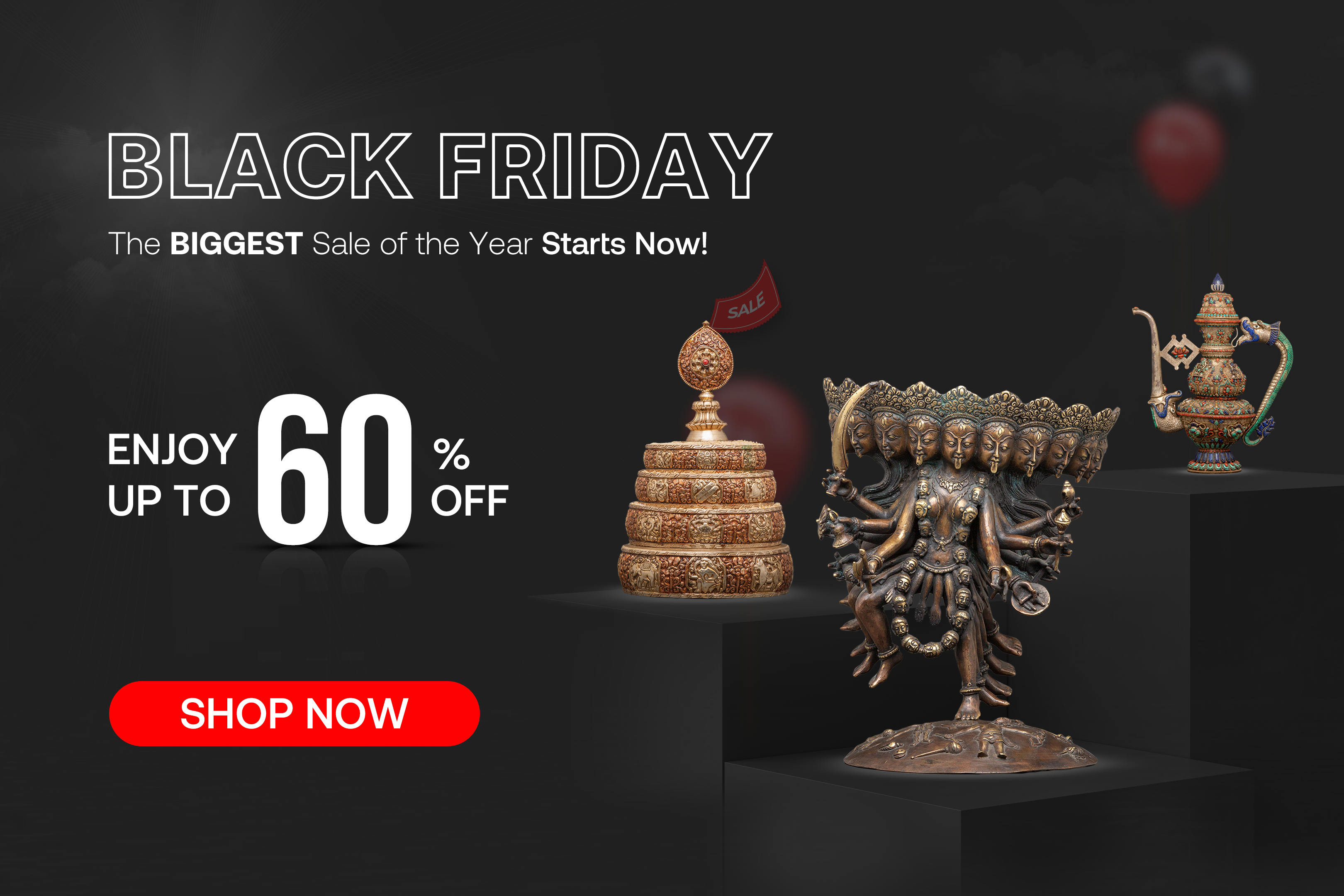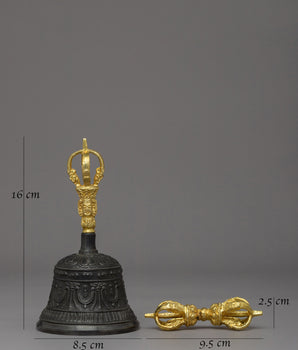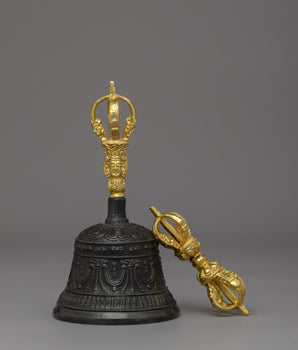The yab-yum position appears frequently in tantric art, both Buddhist and Hindu, and is considered to be an iconic representation of tantra. Its meaning exceeds sexuality (as we understand it on a human level) and instead refers to divine, cosmic sexuality: the union of duality in the core, where all opposites unite into the totality while the distinctions between the individual elements remain intact.
Yab-yum represents the ideals of tantric sexual practice as a posture for making love. It weaves the transcendent and the immanent together by combining verticality with a deep sense of closeness.
The optimal flow of energy up their central channels and towards their upper chakras might occur when both couples are sitting upright and seemingly in meditation.
As the woman feels elevated and encouraged by her lover, it helps the man sublimate and the woman surrender.
At the same time, it encourages incredible intimacy between the partners at every level. Your bodies are entwined as close as possible. Heart to heart, melting into each other.
Going beyond the physical, beyond even an energetic or emotional union, you find each other at the point where there is no other, only union.
Yab & Yum: The Father and Mother
The literal meaning of the term Yab and Yum is Father and Mother, the deities represented in a consort union. Yab and Yum both directly translate to "father" and "mother," respectively.
Because it is a complete visualization integrating the Enlighted Compassion and Wisdom as Father and Mother, not just one, or the other, it gives a sense of the concept of yab-yum as a higher emanation of Buddhas.
It is the highest of visualized practices, the Highest Yoga Tantra.
Yab-Yum: The Union of Wisdom & Bliss

The concept of the union — the union of wisdom and bliss — is represented by Father (compassion) and Mother (wisdom) in intimate union. A simple handshake wouldn’t be symbolically up to the task of conveying “union as one.” Yet, sometimes, those visual metaphors are misunderstood — and even lead to controversy.
Yab-yum is generally understood to represent the primordial (or mystical) union of Wisdom and compassion. In Buddhism the masculine form is active, representing the compassion and skillful means that must be developed to reach Enlightenment.
The feminine form is passive and represents Wisdom (Prajna), which is also necessary for Enlightenment. United, the figures symbolize the union necessary to overcome the veils of Maya, the false duality of object and subject.
As a tantric practice, Yab-yum is akin to the Kāmamudrā or "loveseal" (sometimes Karmamudrā or "action seal") (T: las kyi phyag rgya). This is tantric yoga involving a physical partner.
However, the aim of the practice is to control one's sexual energy, and the most advanced forms of Yab-yum practice are done mentally, without using a physical partner. Like all other yogas, it cannot be practiced without the basis of the inner heat yoga, tummo, of which kāmamudrā is an extension.
This sadhana is subsumed within the Six Yogas. The iconography of Yab-yum and the maitrī practice of Kāmamudrā engenders cognition of the upaya doctrine of interpenetration.
In Pic: Samantabhadra yab-yum thangka from Enlightenment Thangka
Yab-Yum iconography in Buddhist Art
In Buddhism, the yab-yum, symbolize the dualism that must be exceeded. The sacred Tantric practice leads to the rapid development of the mind by using the experience of bliss, non-duality, and ecstasy while in communion with one's consort.
It is a common symbol in Buddhist art representing the male deity in sexual union with his female consort. Its symbolism transcends sexuality as we understand it at the human level, pointing instead towards divine, cosmic sexuality: the union of polarity at the root, where all opposites dissolve into the totality.
And yet in this merging, the individual elements are not lost.
Samantabhadra in Yab-Yum
Samantabhadra has one face, and two hands, and is blue in color. Samantabhadra Buddha makes a meditation gesture by putting his two hands on his lap. His two legs are folded in the vajra position.
The consort Samantabhadri, who has a calm demeanor and a fair skin, embraces Samantabhadra. Samantabhadra Buddha is seated on a moon disc and multicolored lotus blossom cushion above a decorative snow lion-supported throne, and he is encircled by a golden nimbus and green halo.

View the Samantabhadra yab-yum statue from our collection.
Vajrasattva in Yab-Yum
There is also a father-mother aspect to Vajrasattva. This form does not appear very frequently. His appearance is the same as it was when he was standing alone, but his consort is holding a Kartika in her right hand and a kapala in her left.
As the representative of all Buddhas, Vajrasattva vowed to free all sentient beings, with the special aspiration that anybody who saw his image, uttered his name, or chanted his mantra would be entirely cleansed of their bad karma, obscurations, and conceptual thinking.

In sexual union(yab-yum), he embraces his white consort, who is known either as Vajratopa (Tib. Dorje Nyenma), or Vajragarvi, the lady of 'vajra-pride'. She sits upon his lap in lotus-posture with her legs encircling his waist, as she presses every part of her body against his.
She is similarly adorned with the five divine silks and eight jewel ornaments of a sambhogakaya deity, and strands of her loosened long black hair hang freely down her back.
With her two arms, she embraces Vajrasattva's neck, with her left hand holding a skull cup full of nectar, and her right hand holding a vajra-handled curved knife behind his head.
Yamantaka in Yab-Yum
Another popular deity in this form is Yamantaka, the wrathful form of Manjushri. His practice encourages one to transform our Five Negative Affliction(greed, delusion, hatred, jealousy, and pride) into positive wisdom. Here, he is seen in union with his consort.

His consort, Yami, is carrying a skullcup filled with blood that symbolizes Great Bliss and wisdom. Each of his thirty-four hands is holding a tool or some other object.
The first right hand is holding a ritual dagger. The remaining right hands also hold objects that have symbolic meanings, such as an ax (for severing duality and ignorance), a dart (for piercing conceptions about objects), a pestle (for destroying backward mindfulness), a harpoon (for slaying one's own faults), an arrow (for piercing conceptions), a skull-club (for warding off karma), and a Khatvanga blade (to get attuned to nature of great practice).
In his left hand, he holds a skull cup with blood, the head of Brahma (great compassion), the shield (victory over Maras), the leg (symbolizing moving toward enlightenment), the lasso (never-ending wisdom), the bell (symbolizing the sound of wisdom), the hand (symbolizing performing four activities), and trident, etc.
Meanwhile, he has 16 legs. There are humans, buffalo, bullocks, donkeys, dogs, lambs, and foxes among the Siddhis (powers attained via meditation) under the set of feet on his right side. The eight powers are represented by the feet on the left side, which is the vulture, owl, crow, parrot, hawk, kite, mynah, and swan.
The role of consorts in spiritual awakening
The woman, as a spiritual partner or consort in Tibetan Buddhist practice, has various symbolic names. She is called Dakini (Tib. khandroma), yogini (naljorma), “seal” or mudra (chagya), “transcendental wisdom” (sherab), “awareness” (rigpa), “goddess of awareness” or Vidhya Devi (rigpe lhamo), and “awareness holder” (rigdzinma).
In the Tibetan tantric tradition, the consort is also called “secret mother” or sangyum, a term often used for wives of senior teachers or treasure revealers (terton).
The consorts' role is to remove obstacles from their partner's spiritual practice, Dharma activities, and health. Conventional wisdom states that consorts are referred to as "secrets" not because they are kept a secret, but rather because they help people grasp something deeply sacred. Dzongsar Khyentse Rinpoche said that the secret is "what makes the sacred."
Vajrayana is also known as the Secret Mantra Diamond Vehicle due to the esoteric nature of its teachings. They are considered a secret since those without the proper instructions are unaware of their importance.
The reason why Vajrayana is usually seen as the secret is to shield practitioners from the ego's confusion, not because there is something to be concealed.
References:
Yab-Yum - Wikipedia















